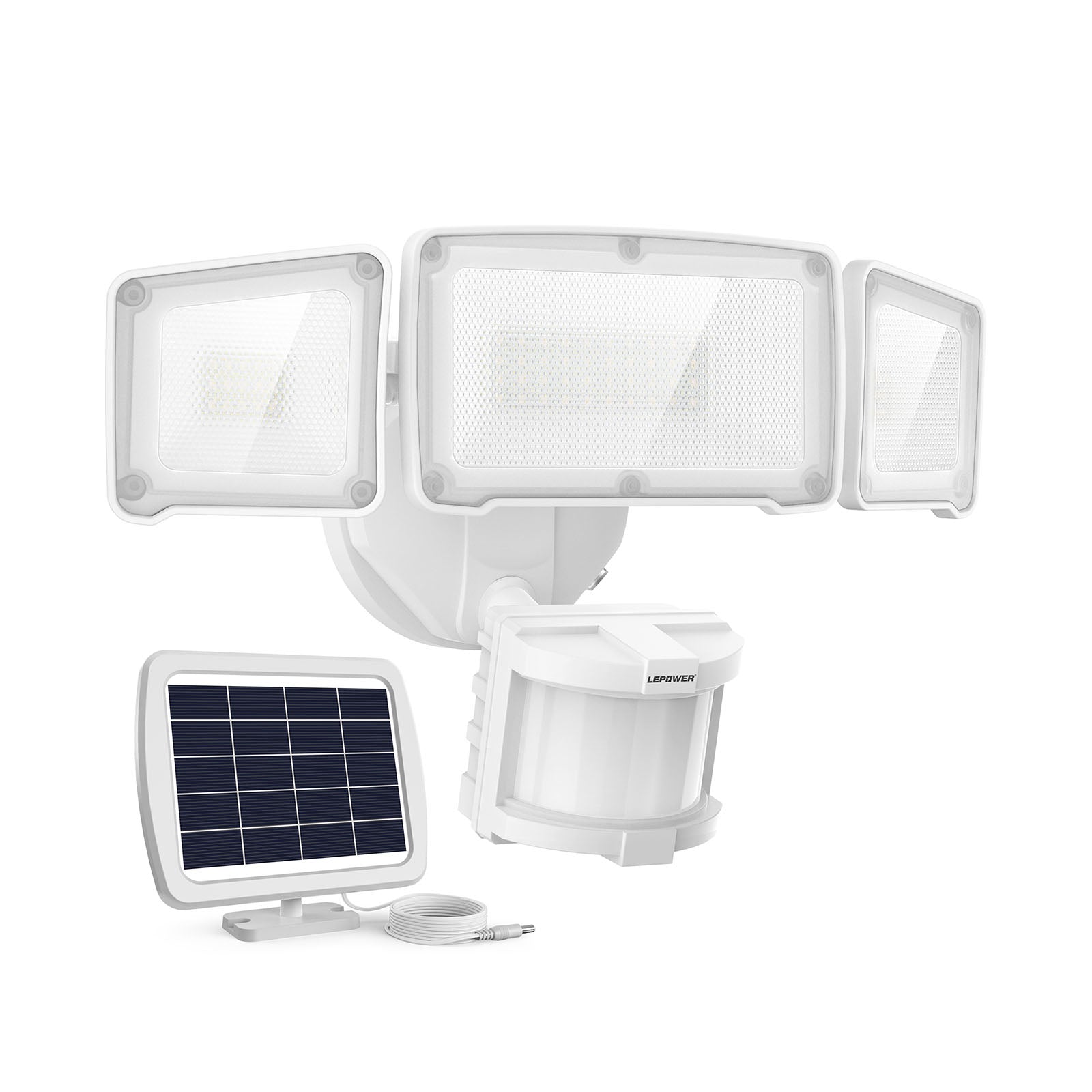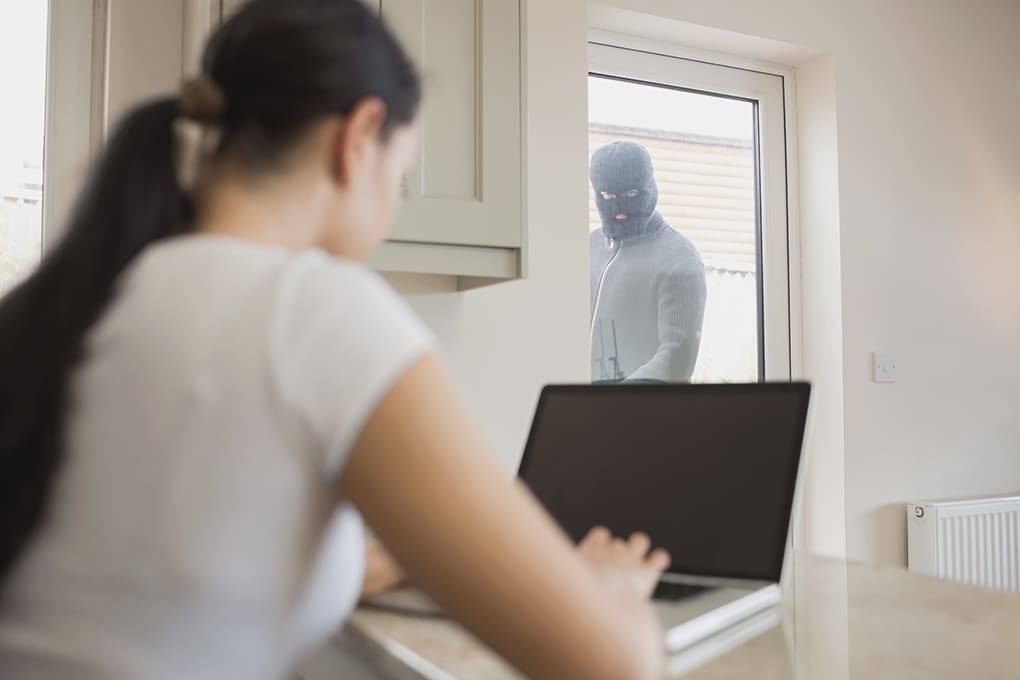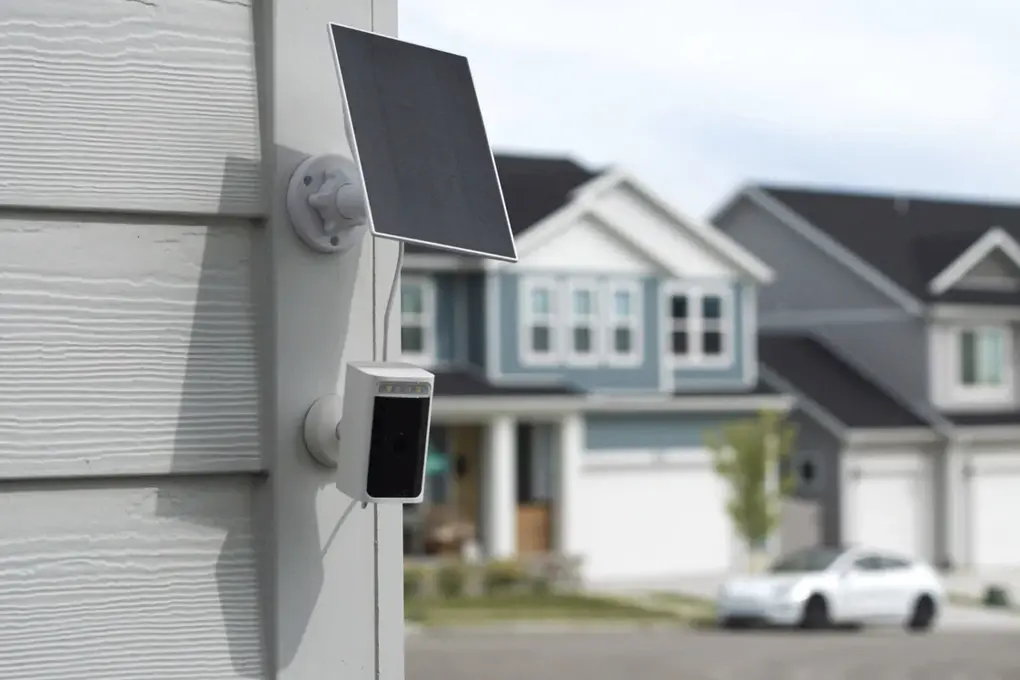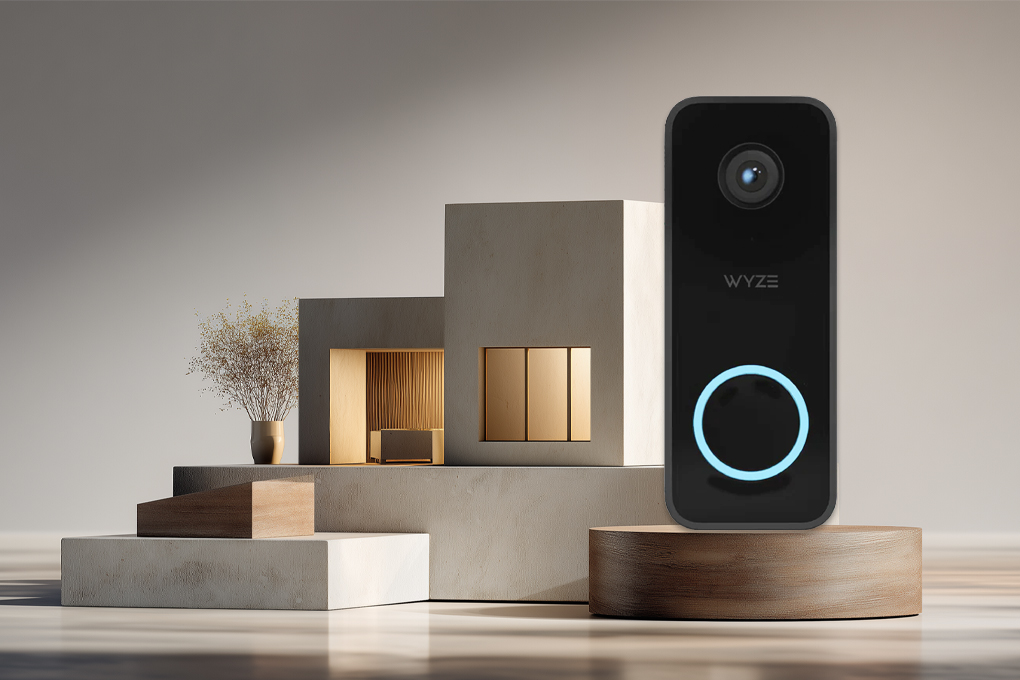With burglary rates hovering at 269 incidents per 100,000 Americans and average losses exceeding $2,661 per break-in, home security remains a critical concern for property owners. The FBI reports that burglars typically spend less than 10 minutes selecting a target, focusing on vulnerable access points that homeowners frequently overlook.
Recent security analysis reveals that while front doors remain the most common entry point (34% of burglaries), experienced criminals increasingly exploit less obvious vulnerabilities. Understanding these lesser-known access routes can significantly enhance your home’s security posture and protect your family and valuables.
Contrary to popular belief, burglars are strategic professionals who spend less than 10 minutes carefully selecting and accessing their targets. While front doors remain the most common entry point, experienced criminals increasingly exploit overlooked vulnerabilities that most homeowners never consider.
This guide reveals the unexpected access points that put your home at risk—from basement windows and second-floor entries to utility access points and even pet doors. By understanding these hidden security weaknesses, you can develop a comprehensive protection strategy that goes far beyond conventional home defense methods.

Table of Contents
- What Are the Most Common Entry Points Burglars Target?
- Front and Back Doors: The Primary Vulnerability
- How to Secure Doors Against Break-Ins
- Deadbolt Security: Your First Line of Defense
- Comprehensive Door Reinforcement Strategies
- Visibility and Deterrence
- Investment and Maintenance
- Effective Strategies to Secure Windows
- How to Protect Your Garage and Sliding Doors
- Tips to Deter Burglars from Targeting Your Home
- Is a Comprehensive Home Security Setup Worth the Investment?
- Frequently Asked Questions
- Conclusion: Creating a Comprehensive Security Strategy
What Are the Most Common Entry Points Burglars Target?
Burglars are strategic opportunists who carefully assess and exploit vulnerabilities in home security. According to comprehensive crime statistics and law enforcement reports, certain entry points are significantly more vulnerable than others. While every home presents unique security challenges, burglars consistently target specific access points that offer the path of least resistance.
Front and Back Doors: The Primary Vulnerability
About 34% of burglars enter through the front door, while 22% gain access via the back door, making these prime targets for break-ins.
Burglars often inspect the condition of locks, looking for weak or outdated mechanisms, loose hinges, or doors without deadbolts.
Statistical Breakdown
- Front Door Access: 34% of burglaries occur through the front door
- Back Door Entries: 22% of break-ins happen via the back door
- Combined Door Entries: Approximately 56% of all home invasions involve door-based entry
Burglar Tactics
Experienced burglars conduct meticulous reconnaissance, focusing on:
- Lock mechanism vulnerabilities
- Structural weaknesses in doorframes
- Absence of security systems
They may use tools like crowbars to force entry or kick the door open if the doorframe lacks reinforcement. A lack of security systems is an inviting sign for a burglar, and houses that lack security systems are 300% more likely to be broken into.
First-Floor Windows and Basements
Windows are another common entry point, with 23% of burglars choosing first-floor windows for access. They often target windows that are left unlocked, feature weak or poorly installed locks, or are obscured by landscaping such as trees or shrubs.
Burglars favor these hidden or poorly secured windows because they reduce the likelihood of being seen. Furthermore, roughly 4% of intruders gain access through poorly secured basement windows and doors.
Security Solutions:
- Install window well covers that lock from the inside
- Replace single-pane glass with laminated security glass or polycarbonate panels
- Add window security bars with quick-release mechanisms (essential for emergency egress)
- Install contact sensors connected to your security system
- Consider glass-break detectors to provide immediate alerts
Basement windows represent one of the most frequently overlooked security weaknesses, accounting for 21% of non-forced entries according to recent crime statistics. These ground-level or below-grade openings often feature outdated hardware and minimal reinforcement.
Garage Doors
The garage door is often overlooked in home security plans but poses a significant risk. Burglars frequently exploit garage doors to access the interior of the home as well as the garage itself.
They may use universal remotes, find the garage door opener in an unlocked car, or exploit weak locks and openers. A garage also provides a secluded spot for burglars to work unnoticed. Roughly 9% of intruders gain access to homes using garage doors, particularly if they are directly connected to the home.
Sliding Glass Doors
Sliding glass doors are one of the weakest points in many homes and a common target for burglars. To gain entry, criminals may exploit poorly secured locks, lift the door off its track, or smash the glass.
The large glass panels can also make it easier for burglars to assess whether anyone is home. Adding a security bar, shatterproof film, or glass break sensors, as well as ensuring the track and lock mechanisms are sturdy, can significantly enhance the sliding doors’ security.
Now that we know your home’s most vulnerable entry points, let’s discuss the basics of home entry point security to keep each of these entry points burglar-proof.
How to Secure Doors Against Break-Ins
Doors represent the primary gateway for home invasions, with statistics showing that 56% of burglars enter through front or back doors. Implementing comprehensive door security is critical to protecting your home and loved ones from potential intrusions.
Burglars are opportunistic and swift, with 56% of break-ins occurring through front and back doors. The stark reality is simple: an inadequately secured door can be compromised in less than 60 seconds.
Deadbolt Security: Your First Line of Defense
Understanding Deadbolt Grades
Deadbolts are not created equal. The ANSI grading system reveals critical differences:
Grade 1 Deadbolts: Ultimate Protection
- Highest security standard
- Resist 10 hammer strikes and 5 pry attempts
- 1-inch bolt depth
- Ideal for high-security applications
Grade 2 Deadbolts: Robust Residential Security
- Strong intermediate protection
- Withstand 5 hammer strikes and 3 pry attempts
- 5/8-inch bolt depth
- Suitable for most homes
Grade 3 Deadbolts: Minimal Protection
- Lowest security rating
- Minimal forced entry resistance
- Avoid for primary doors
Specialized Lock Types
- Single-Cylinder: Standard key access from outside
- Double-Cylinder: Key required on both sides
- Recommended for doors with glass panels
- Prevents glass-break entry attempts
Comprehensive Door Reinforcement Strategies
Frame and Hardware Upgrades
- Extended strike plates (3+ inches long)
- 3-inch mounting screws into wall studs
- Metal or reinforced door frames
- Full-length jamb reinforcement kits
Advanced Security Enhancements
- Door jammers
- Non-removable pin hinges
- Digital door viewers
- Smart lock integration
Material Considerations
- Solid core doors
- Metal-clad or fiberglass construction
- Minimize glass panel vulnerabilities
Visibility and Deterrence
- Clear sightlines around entrances
- Exterior lighting
- Trimmed landscaping
- Strategic security camera placement
Investment and Maintenance
- Deadbolt cost: $50-$250
- Professional reinforcement: $200-$600
- Potential insurance discounts: Up to 20%
Ongoing Security Recommendations
- Annual security assessments
- Lock replacement every 5-7 years
- Continuous technology updates
Effective door security is an ongoing process. By implementing these strategies, you transform your entry points from potential vulnerabilities into robust barriers against intrusion.
By implementing these multi-layered door security strategies, homeowners can significantly reduce their vulnerability to break-ins and protect their most valuable assets: their home and family.
Reinforce Door Frames
Even the strongest locks are only as effective as the door frame supporting them. Standard wooden frames can easily splinter under force, so reinforce your door frames with metal or solid hardwood.
Install a door reinforcement kit, which typically includes metal plates, strike reinforcements, and 3-inch screws that anchor deep into the studs behind the frame. This setup distributes force evenly, making it significantly more difficult for intruders to kick the door in.
Use Heavy-Duty Strike Plates
Strike plates are a critical component of door security. They work in tandem with your deadbolt to prevent forced entry.
Upgrade to a reinforced, heavy-duty strike plate and secure it with 3-inch screws to ensure it penetrates the door frame’s studs.
This simple yet effective measure strengthens the locking mechanism, distributing impact forces more effectively and reducing the likelihood of a break-in attempt succeeding.
Add Door Jammers or Security Bars
Door jammers and security bars add a layer of physical protection by blocking the door from opening. A Buddybar door jammer is a great choice for stationary doors, capable of withstanding up to 2,560 pounds of force.
For those seeking portability, a Sabre wedge door stop alarm blocks the door and sounds a 120 dB alarm when triggered, alerting you and potentially scaring off intruders. These tools are especially useful for renters or as temporary security solutions.
Upgrade Your Door Material
If your exterior door is hollow-core or made of weaker materials, it’s time to upgrade. Invest in solid wood, fiberglass, or steel doors, as these materials are much harder to break through.
Look for doors with a UL 437 rating or equivalent to ensure they meet high security standards. Additionally, consider doors with no glass panels or opt for reinforced, shatterproof glass to minimize vulnerabilities.
Install Smart Locks and Video Doorbells
Smart locks offer convenience and enhance security by allowing remote access and monitoring.
Many models come with tamper alerts and integration with smart home systems. Pair a smart lock with a video doorbell to visually monitor visitors and deter potential burglars. Features like motion detection and two-way communication add extra layers of protection.
Now that your doors are secure, let’s move on to the next most important aspect of securing home entry points: your windows.
Effective Strategies to Secure Windows
Windows are a common entry point for burglars, especially those on the first floor or hidden from view. Securing your windows involves a combination of sturdy locks, advanced detection systems, and physical barriers to make unauthorized access nearly impossible.
Many homeowners mistakenly assume second-floor windows and doors are inherently secure due to their elevation. However, the National Association of Home Builders reports that 23% of home intrusions involve upper-floor access points. Burglars frequently use nearby trees, adjacent roofs, balconies, or unsecured ladders to reach these openings.
Here’s how you can reinforce your window security for greater peace of mind:
Effective Protection Measures:
- Trim tree branches that provide access to upper windows or balconies
- Secure patio furniture that could serve as climbing aids
- Install window stops that limit opening to ventilation width only
- Apply security film to prevent glass breakage
- Add secondary locking mechanisms to all upper windows and doors
- Store ladders in locked garages or sheds rather than exterior storage
Install Sturdy Window Locks
Window locks are a simple yet effective way to prevent burglars from opening your windows from the outside.
Different types of locks are available, such as keyed, pin, and sash locks, each suited to specific window styles like sliding, casement, or double-hung windows.
For instance:
- Use keyed locks for sliding windows to prevent them from being pried open.
- Install pin locks on double-hung windows to secure the sashes in place.
- Fit sash locks to casement windows for added security.
Ensure locks are installed on all first-floor windows, as well as any basement or ground-level windows.
Locks are equally essential for second-floor windows that are accessible via decks, balconies, or nearby trees. Regularly inspect and maintain the locks to ensure they remain functional.
Use Window Sensors for Early Detection
Window sensors are vital to modern home security. They detect when a window is opened, tampered with, or broken and trigger an alarm or send a notification to your phone or security system.
For optimal coverage:
- Place sensors on all first-floor windows and easily accessible second-floor windows.
- Integrate the sensors into a comprehensive home security system for centralized monitoring.
- Opt for sensors that include glass break detection to alert you if the window is shattered.
Standalone window sensors are also available for those without a full security system, providing a cost-effective yet reliable solution. A comprehensive home security system can also significantly reduce your home insurance premiums.
Reinforce Glass with Window Security Film
Window security film is a transparent, tear-resistant layer that adheres to the glass, making it significantly harder to break. If an intruder attempts to smash a window, the film holds the shattered glass together, preventing easy entry.
To maximize its effectiveness:
- Apply security film to all first-floor windows, particularly those facing secluded areas.
- Consider applying it to vulnerable second-floor windows, such as those near balconies or roofs.
- Choose high-quality films rated for impact resistance, and pair them with secure locks for added protection.
Secure Basement Windows with Bars or Grilles
Basement windows are often out of sight, making them attractive targets for burglars. Installing window bars or grilles provides a strong physical barrier to prevent unauthorized access.
When choosing and installing window bars, consider the following:
- Using permanently anchored bars or removable grilles for safety in case of emergencies.
- Opting for bars made from steel or other durable materials that are resistant to cutting or tampering.
- Ensuring the bars are spaced closely to prevent someone from squeezing through while maintaining an aesthetically pleasing look.
For added security, install window well covers on basement windows, ensuring they are lockable but can be easily opened from the inside for emergency escape.
How to Protect Your Garage and Sliding Doors
Garages and sliding doors are often overlooked entry points that burglars exploit. Although these are some of the more uncommon break-in spots, securing them is still vital.
Here’s how you can secure these vulnerable areas:
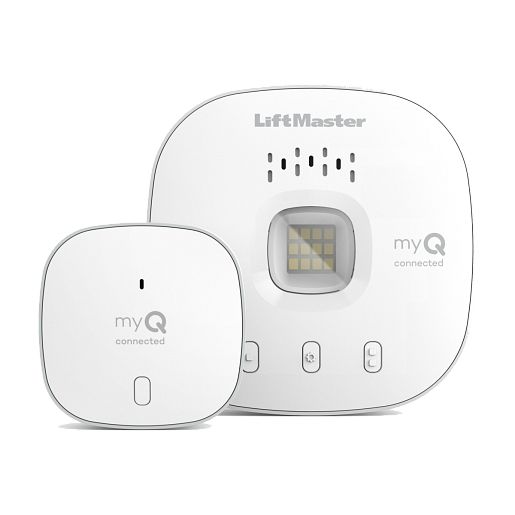
Upgrade to Smart Garage Door Openers
Traditional garage door openers with fixed codes are a known vulnerability, as tech-savvy burglars can easily intercept and replicate these codes. Smart garage door openers, such as the Chamberlain myQ, offer a significant upgrade by using rolling codes that change after each use, making them much harder to hack.
These devices also allow you to remotely control and monitor your garage door via your smartphone, adding security and convenience.
Consider upgrading the door connecting your garage to your house with a smart lock for additional protection.
The Kwikset SmartCode 914 Smart Lock is an excellent option, offering remote locking and unlocking, customizable access codes for guests, and real-time alerts whenever the door is used. These features ensure your garage remains secure, even if the main door is compromised.
Install Sliding Door Locks and Security Bars
Sliding doors are often an easy target for burglars, as they can be lifted off their tracks or have their basic locks picked. To address this, install a sliding door lock that fits into the track, preventing the door from opening even if the original lock is bypassed.
A popular choice is the Ideal Security BK110W Patio Door Security Bar, which adjusts to fit snugly in the track and provides an additional physical barrier.
Place a wooden dowel or metal bar on the track for an extra defense layer. This low-cost yet highly effective solution prevents the door from sliding open, deterring burglars and giving you added peace of mind. Combining a sturdy lock and a track barrier significantly enhances the security of your sliding doors.
Add Security Cameras Near Entry Points

Security cameras are a powerful deterrent against burglars and essential to any home security plan. Placing cameras near entry points such as the garage, sliding doors, and other potential access points ensures that any suspicious activity is recorded and visible in real time.
When selecting outdoor cameras, prioritize features like night vision, motion detection, and weatherproofing to ensure reliable performance.
Models like the Arlo Pro 4 and Reolink Argus 3 Pro offer excellent image quality, easy setup, and smart notification systems. These cameras provide clear footage and immediate alerts, enabling you to respond quickly to potential threats.
In terms of hidden home entry points, the tips above will help you secure them against break-ins, but there are many more pieces of advice you should consider for the best burglar-proof home.
Tips to Deter Burglars from Targeting Your Home
In addition to securing the hidden entry points burglars often target, you can take several proactive steps to make your home less appealing to potential intruders, such as keeping valuables out of sight, using timer lights, trimming bushes and trees near entry points, and using motion-sensor lighting.
Implementing these tips can significantly reduce the likelihood of your home being targeted by burglars. Here’s how to protect all of your valuables regardless of vulnerable entry points:
Keep Valuables Out of Sight
Keep valuables out of sight from windows and doors to avoid tempting burglars. This includes expensive electronics, jewelry, cash, and other high-value items.
Consider installing window treatments like curtains or blinds to prevent people from seeing inside your home.
Furthermore, avoid leaving boxes from expensive purchases, such as televisions or gaming consoles, on the curb for trash pickup, as this can alert burglars to the valuable items inside your home.
Use Timer Lights and TVs When Away
Creating the illusion that someone is home is an effective way to deter burglars. When you’re away on vacation or for an extended period, use timer lights and TVs to make it appear as though your home is occupied.
Set timers on interior lights and televisions to turn on and off at various intervals throughout the day and night. This gives the impression that someone is moving around inside the house, making it less appealing to potential intruders.
Keeping your home safe during vacation involves more than just using timers. You should also arrange for someone to collect your mail and packages, maintain your lawn, and periodically check on your property to ensure everything is secure.
Trim Bushes and Trees Near Entry Points
Overgrown bushes and trees near windows and doors provide cover for burglars, allowing them to work undetected. Regularly trim vegetation around your home’s entry points to eliminate hiding spots and increase visibility.
This makes it more difficult for burglars to approach your home without being seen by you, neighbors, or passersby. As an added benefit, well-maintained landscaping can also improve your home’s curb appeal.
Install Motion-Sensor Lighting
Motion-sensor lighting is an excellent deterrent for burglars. When movement is detected, the lights automatically turn on, illuminating the area and potentially startling the intruder.
Install motion-sensor lights near all entry points, including doors, windows, and garages. Position the lights high enough to prevent tampering and adjust the sensitivity settings to avoid false alarms caused by small animals or wind-blown objects.
Join or Start a Neighborhood Watch
Participating in a neighborhood watch program is an effective way to deter burglars and promote a sense of community safety. Neighborhood watch members work together to look for suspicious activity and report any concerns to local law enforcement.
If your community doesn’t have an active neighborhood watch, consider starting one. Ask your neighbors, local police department, and community organizations for guidance on how to establish and maintain a successful program.
Is a Comprehensive Home Security Setup Worth the Investment?
A comprehensive home security setup is not just an expense but an investment in peace of mind and the safety of your loved ones and belongings.
By addressing hidden entry points like doors, windows, and garages, and layering these measures with advanced technologies such as smart locks, security cameras, and motion-sensor lighting, you create multiple barriers that deter even the most determined intruders.
Moreover, proactive steps like maintaining visibility, keeping valuables out of sight, and participating in neighborhood watch programs further reduce the likelihood of your home being targeted.
While the upfront cost of securing your home may seem significant, the protection it provides against potential financial and emotional losses is invaluable. To take advantage of the benefits of comprehensive home security, visit Batten Safe.
Frequently Asked Questions
What Makes Smart Locks Better Than Traditional Locks for Home Security?
Smart locks offer advanced features like remote locking, tamper alerts, and customizable access codes. These features enhance convenience while allowing you to monitor and control your home’s security even when you’re away.
How Can I Secure Sliding Doors Without Replacing Them?
Sliding doors can be fortified with track locks, security bars, or a wooden dowel placed in the track to prevent movement. Adding shatterproof film and ensuring the door is tightly fitted on its
tracks further enhance security.
Are Security Cameras Effective at Preventing Burglaries?
Yes, visible security cameras are a strong deterrent, as burglars are less likely to target homes where their actions could be recorded. Modern cameras with motion alerts and night vision also allow real-time monitoring and evidence collection.
What Are Some Affordable Ways to Enhance Home Security?
Budget-friendly options include installing window locks, using motion-sensor lights, placing wooden dowels in sliding door tracks, and joining a neighborhood watch program. These simple steps can significantly improve your home’s defenses without major expenses.
How Can I Secure My Mail Slot?
Securing mail slots involves reinforcing the surrounding area and preventing unauthorized access. Install a mail slot cover or cage on the interior to block reach-through attempts, and choose a model with a secure flap to prevent tampering. Additionally, avoid placing valuables near the mail slot to minimize risks.
Conclusion: Creating a Comprehensive Security Strategy
The data is clear: with burglaries affecting hundreds of thousands of American homes annually and resulting in billions in losses, comprehensive home security is no longer optional—it’s essential. By understanding and addressing the vulnerabilities burglars exploit, you can dramatically reduce your risk of becoming a victim.
Effective home security isn’t about implementing a single solution but rather creating layers of protection that work together. From reinforcing obvious entry points like front doors (34% of intrusions) to securing overlooked vulnerabilities like basement windows (21% of non-forced entries) and pet doors (associated with 85% higher burglary rates), each component plays a crucial role in your overall defense strategy.
The most effective security approaches combine physical barriers with detection systems and deterrents:
- High-quality deadbolts, reinforced frames, and security bars create formidable physical obstacles
- Window sensors, glass-break detectors, and security cameras provide essential early warning
- Motion-activated lighting, strategic landscaping, and visible security signage serve as powerful deterrents
Remember that burglars seek the path of least resistance. By eliminating easy access points and creating multiple security layers, you force potential intruders to work harder, take more time, and face greater risk of detection—all factors that typically lead them to abandon their attempts and seek easier targets.
While comprehensive security requires some investment, the protection it provides far outweighs the potential costs of a successful break-in. Beyond financial losses ($2,661 average per incident), home invasions create lasting psychological impacts that affect your sense of safety and well-being in your own home.
By implementing the strategies outlined in this guide and remaining vigilant about emerging security threats, you can create a home environment that offers both superior protection and invaluable peace of mind for you and your family.

